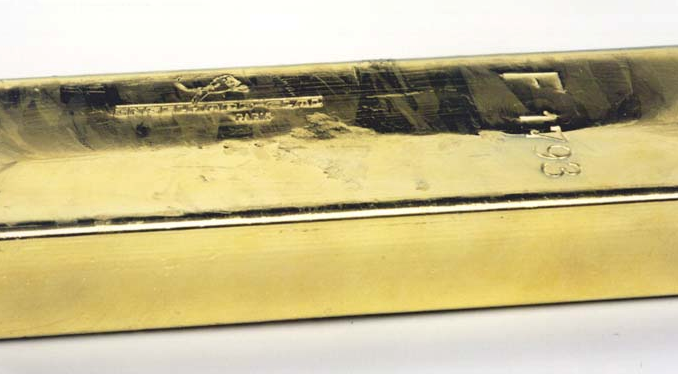
In Le Monde 01/11/2020
It is common practice among economists to consider as illiterate investors those who put their savings on gold, because for them, since this asset does not yield interest or dividends, it would simply be useless.
But these same economists have never taught until now that because of the decisions of central banks, interest rates can become negative in the long term. Yet we do not control the consequences of these « disinterest rates » on the confidence of economic actors, since the lender pays instead of being remunerated.
This is particularly important for gold, because its prices are influenced more by real interest rates (RIR) than by the fundamentals of the physical market – production, consumption, stocks. The RIR is the product of a subtraction between interest rates and inflation. Negative, it is favorable to the gold price, and vice versa.
From $1,050 to $1,900 per ounce
Since the accommodating policy conducted by the monetary authorities, the first part of the subtraction, the « disinterest rate », is atypically negative. The second part, inflation, is still impermeable to the monetary creation of central banks and remains almost nil. Consequently, the TIR guides gold prices upwards, also helped by the absence of credible alternatives from the bond and equity markets with yields eroded by the crisis.
To this monetary configuration was added the Covid-19 epidemic, with the colossal increase in the indebtedness of the countries that supported their economies. In addition, new institutional investors are now allowed to invest in physical gold funds – the most recent being the Chilean pension funds. In addition, certain financial assumptions for exiting the crisis are encouraging central banks to boost the economy by setting their rates at -3%, in order to redirect the currency to the real economy. However, rates of -3% with an inflation target of 2% would result in a TIR of -5% and unimaginable gold prices, multiplied by 3.5 or more.
As a result, since 2015, gold prices have risen from $1,050 [about 900 euros] per ounce to nearly $2,100 per ounce in August 2020 and have since stabilized at $1,900 per ounce.
Who benefits from this rise in gold?
Savers have invested heavily in funds that allow them to track gold prices, particularly in the United States under Donald Trump and in the European Union disrupted by Brexit: from 2,300 tons of gold held in 2017, they hold more than 3,800 tons in 2020. The future dynamics of these flows will be determined by the outcome of the U.S. presidential election.
The winners
The owners of the gold mines are the second winners from the rise in gold prices. Their prices contrast with other stocks. Over the past three years, the prices of many mines have risen by 50%, compared with virtually stable prices in the major European indices. They should continue to prosper for at least three reasons.
First, the mines are not experiencing a rise in production costs linked to the price of oil. They produce gold at $500, $600 or $1,000, whereas they sell it at $1,900. Their operating margins are at their highest and dividends should follow, thus strengthening their attractiveness.
Secondly, for several years now, the societal dimension has had an impact. The mining reserves available for exploitation are increasingly reduced, as shown by the « Montagne d’or » affair in French Guyana. As a result, the companies owning the mines have no other choice but to merge to perpetuate their existence, like Barrick and Randgold or Saracen and Northern Star. Other mergers should follow, and by a simple mechanism of scarcity of the volume of gold mine shares available on the markets, these should remain well oriented.
Finally, although the market remains positive for gold as long as the RIR remains negative, if we look at the industry we see that gold is not being used for much purpose. But unlike currencies, bonds, stocks or bitcoin, the value of gold that comes out of the ground is not tied to any issuer. Gold is nobody’s debt. In troubled times, it seems to matter more than anything else.